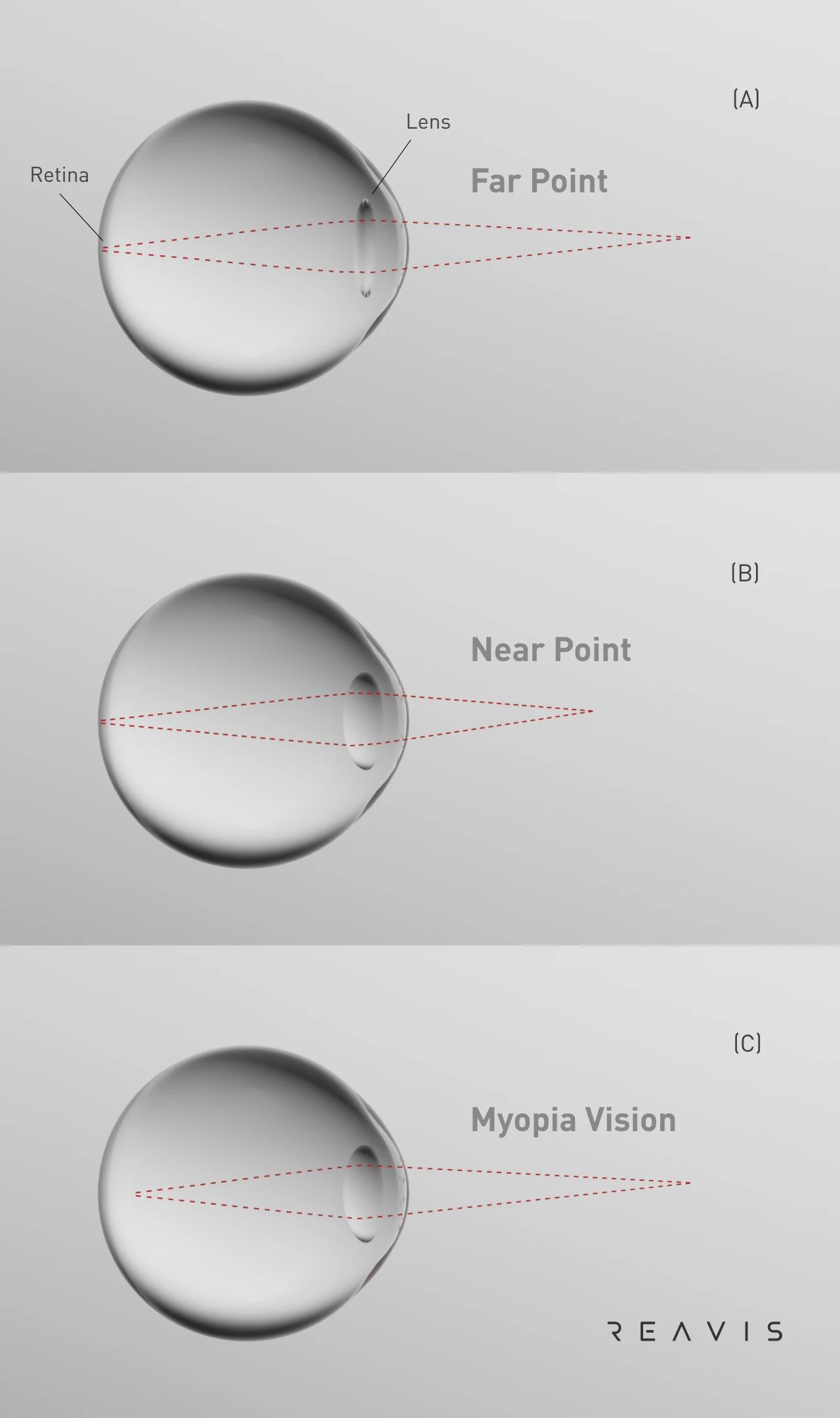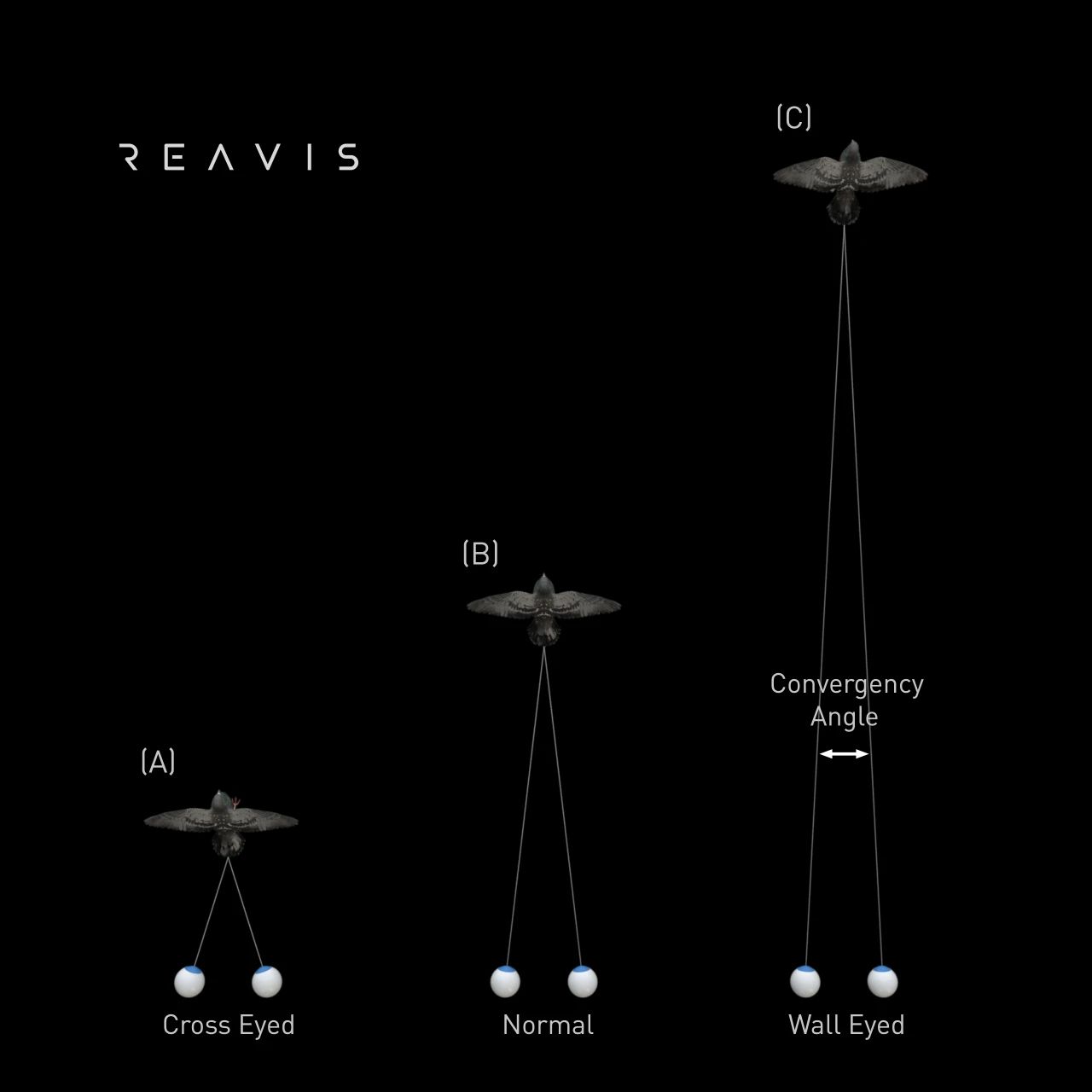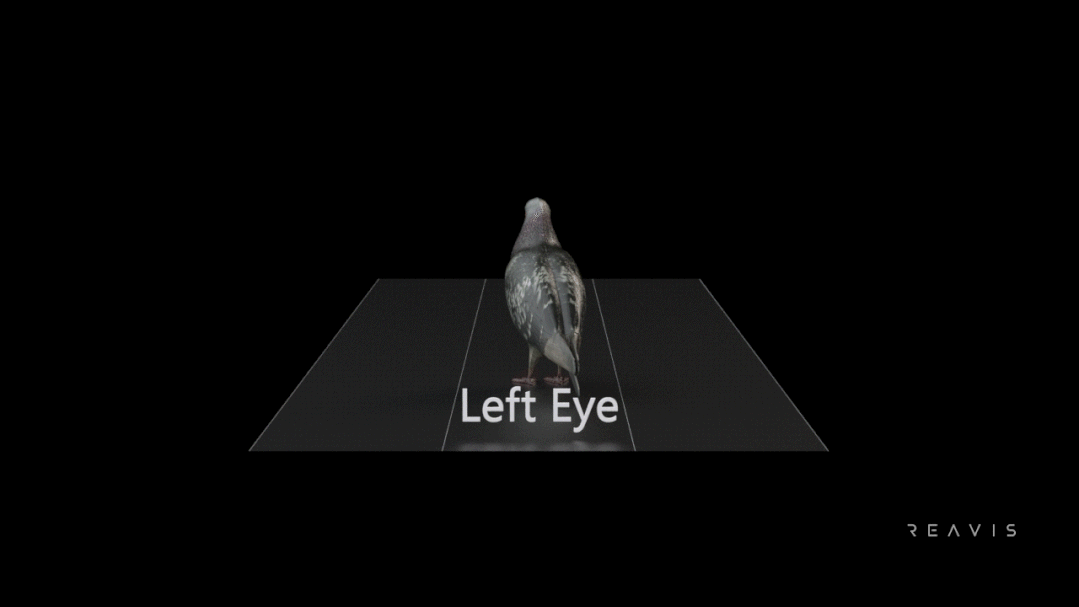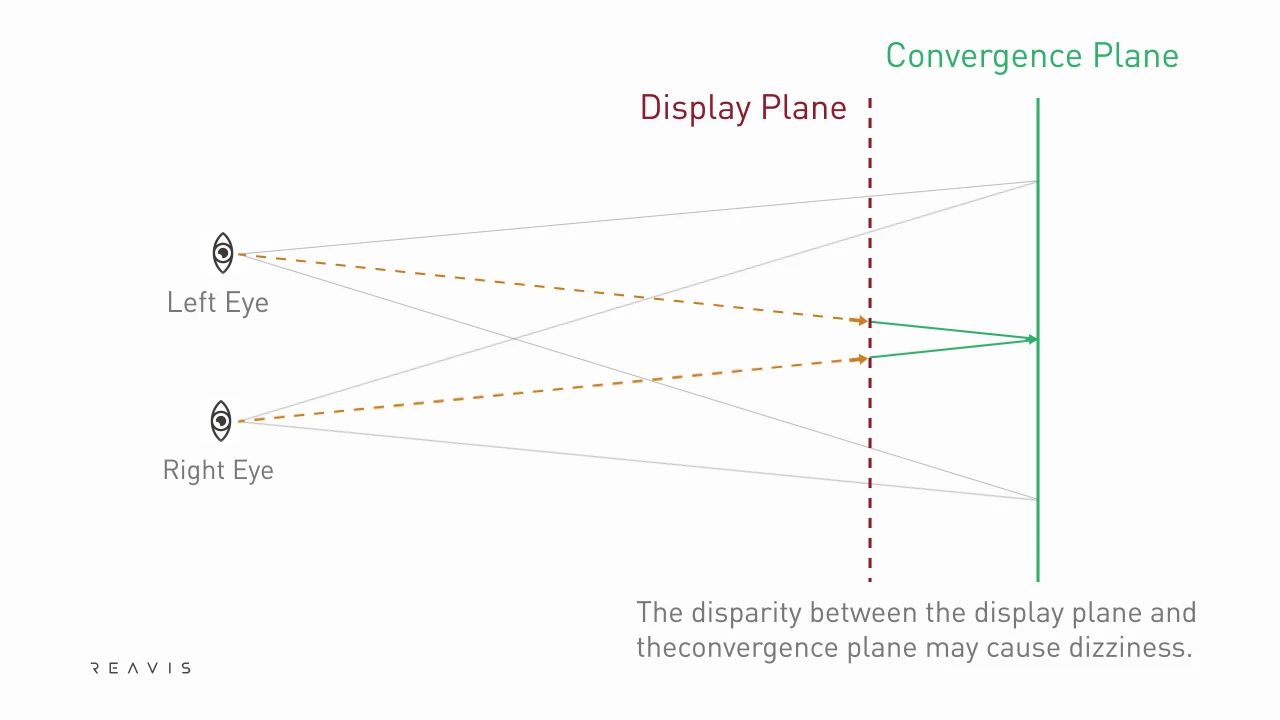When it comes to 3D, many people's first reaction might be the cool and vivid 3D movies, as well as the joy or thrill they bring us.
But did you know? Just as 3D movie production is a "big production project," the formation of 3D depth vision is also a huge systematic project that requires the involvement and coordination of multiple systems in the human body.
Depth perception is the visual ability to perceive the world in three-dimensional space (3D) and distances to objects[1]. When our brain judges the depth of objects, it often uses two types of visual clues: physiological clues and psychological clues.
Physiological Clues
Among the visual clues used by our brain to make judgments, physiological clues contain genuine physical depth information. Typical physiological clues consist of accommodation, convergence, and binocular disparity.
Accommodation
Our lens is a magical lens. With the stretching and relaxation of surrounding muscles, the focal length of this magical lens can be freely adjusted within a certain range.
In other words, under normal circumstances, when parallel light enters the human eye, it is automatically converged by the lens onto a point on the retina. As a result, as shown in Figure (1) (A&B), we can accurately image the real depth information in the physical world onto the retina.

The automatic convergence function of the lens for parallel light is achieved through the contraction or relaxation of the ciliary muscles.
If the adjustment burden of the ciliary muscles in a person's eyeball is too heavy, it will cause the lens to become excessively thick and unable to return to its original state, or the front-to-back diameter of the eyeball is too long, resulting in excessive refractive power of the lens. The image formed by the refraction of light from distant objects through this magical lens will fall in front of the retina[2].
As shown in Figure (1) (C), in this case, what the person sees will be a blurred image, which is the cause of myopia.
Convergence
In addition to the lens adjustment function of individual eyes, our binocular vision can also capture real depth information. In terms of visual information, convergence refers to the simultaneous movement of both eyes in opposite directions to obtain or maintain a single binocular vision[3].
When we look at object A, we actually converge our binocular vision onto a point on our retina based on the opposite directional changes occurring in object A, perceiving the position of object A.
When we look at objects in the distance, the eyes will turn away from each other, effectively fixing the same point at infinity, and the gaze will diverge until parallel. This results in a profound, scattered gaze when someone gazes into the distance, as shown in Figure (2) (C). When we look at nearby objects, the eyes will turn in the direction of convergence, which is called "convergence."[3] Exaggeratingly, it becomes "crossed eyes," as shown in Figures (2) (A) and (B).

Convergence is essentially a binocular eye movement hint used for distance and depth perception, and it is a convergent eye movement completed by intrinsic muscles[4]. The strength of the lateral muscles of each eye in rotating the eyeball provides the brain with clues about the distance of objects[5].
For example, if you place your finger 20 centimeters in front of your eyes, the muscles of your eyes need to exert more force to rotate than when your finger is 50 centimeters away, providing information to the brain that the distance of 20 centimeters is indeed closer than 50 centimeters.
Binocular Parallax
It is worth mentioning that when we look at the same object, using the professional terms mentioned above, when the convergence of the axes of our two eyes falls on this object, the image of the object will fall on the corresponding points of the retinas of both eyes.
If our retinas overlap, then their images coincide, and we can see a single, clear object. However, the interocular distance of humans is often around 65 millimeters, which means that there is a distance of about 65 millimeters between the retinas of each person's two eyes. Therefore, when observing objects, there will be differences in images on the retinas of our two eyes, and this difference is binocular parallax[6].

Binocular parallax holds extraordinary significance in the field of depth perception. The information conveyed by the two slightly different images in Figure (3) will be processed in the visual cortex of the brain, enabling us to perceive depth and estimate the distance to objects.
As mentioned earlier, 3D movies make full use of the principle of binocular parallax. As shown in Figure (4), during movie projection, two projectors operate synchronously, projecting images onto the screen simultaneously, creating left-eye and right-eye images.

Audience members wear specially designed glasses or front-radiating radial semi-conical lens gratings, allowing the left eye to see only the images shot from the left perspective and the right eye to see only the images shot from the right perspective. Finally, after integration by the brain, they form a 3D visual image[7].
So, why do we feel dizzy after watching 3D movies for a long time? As mentioned earlier, the lens in our eyes automatically focuses according to the distance of objects. However, when we watch 3D movies, the plane of focus of the lens and the convergence plane of binocular vision are usually not consistent.
The scenes in 3D movies change very quickly, so our eyes need to frequently use both focusing and convergence functions to ensure that the images of objects accurately fall on the retina. In the short term, we can tolerate the frequent use of these functions, but after a while, it can lead to visual fatigue and even feelings of dizziness and nausea.
The above describes the role of physiological clues in the formation of 3D depth vision. In the next article, we will introduce another key factor—the contribution of psychological clues to this complex engineering of 3D depth vision.
#Reference:
[1]Howard, Ian. (2012). "Perceiving in Depth. New York: Oxford University Press". ISBN 978-0-199-76414-3.
[2]https://www.nei.nih.gov/learn-about-eye-health/eye-conditions-and-diseases/refractive-errors
[3]Cassin, B. (1990). "Dictionary of Eye Terminology. Solomon S.Gainesville, Fl: Triad Publishing Company". ISBN 978-0-937404-68-3.
[4]Okoshi, Takanori. (2012). "Three-dimensional imaging techniques. Elsevier". p. 387.
[5]Saladin. (2012). "Anatomy and Physiology The Unity of Form and Function, 6th Ed. McGraw-Hill".
[6]Qian, N. (1997). "Binocular Disparity and the Perception of Depth, Neuron". 18, 359–368.
[7]Squires, Scott. (2011). "Effects Corner: 2D to 3D Conversions".